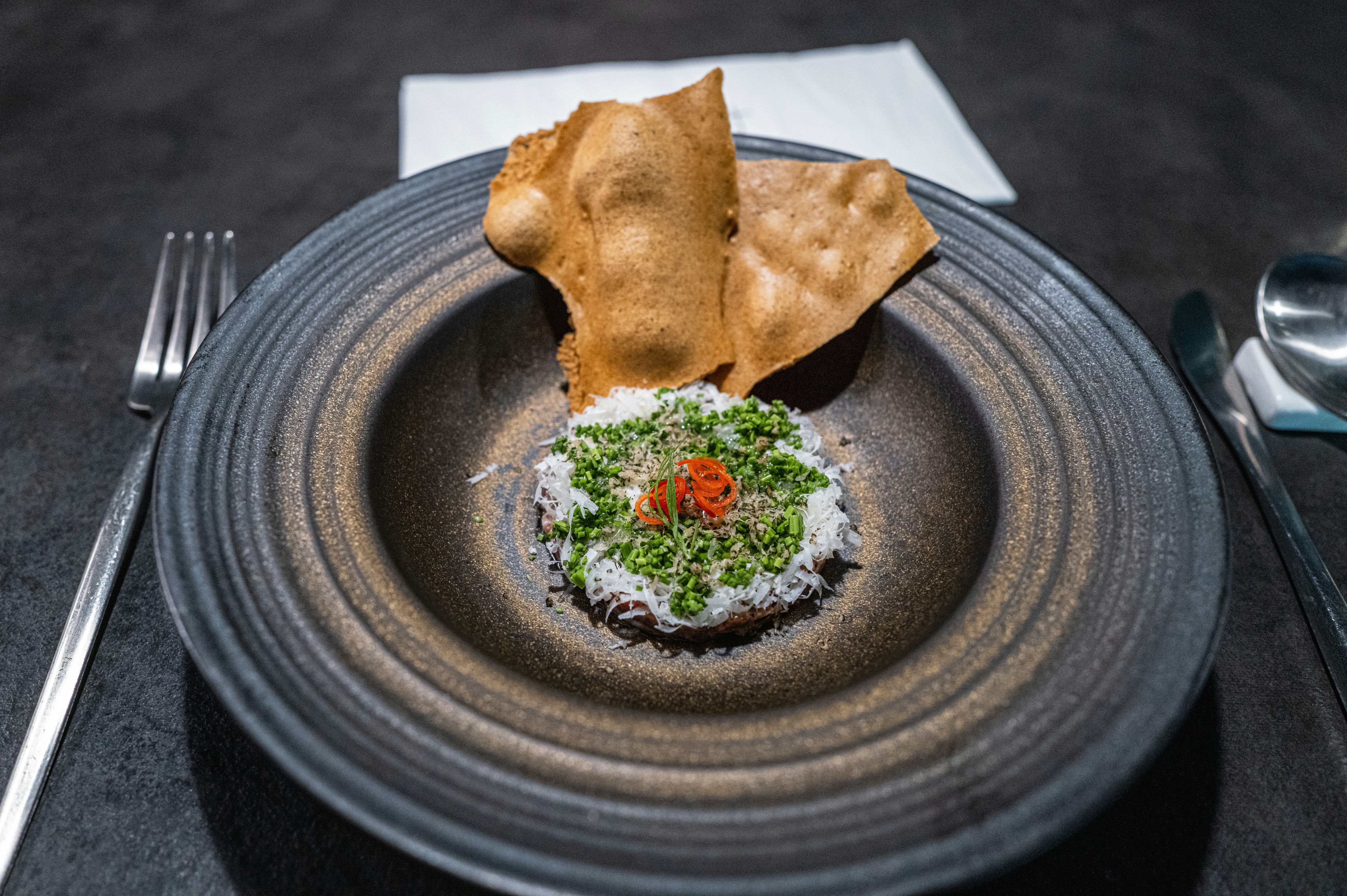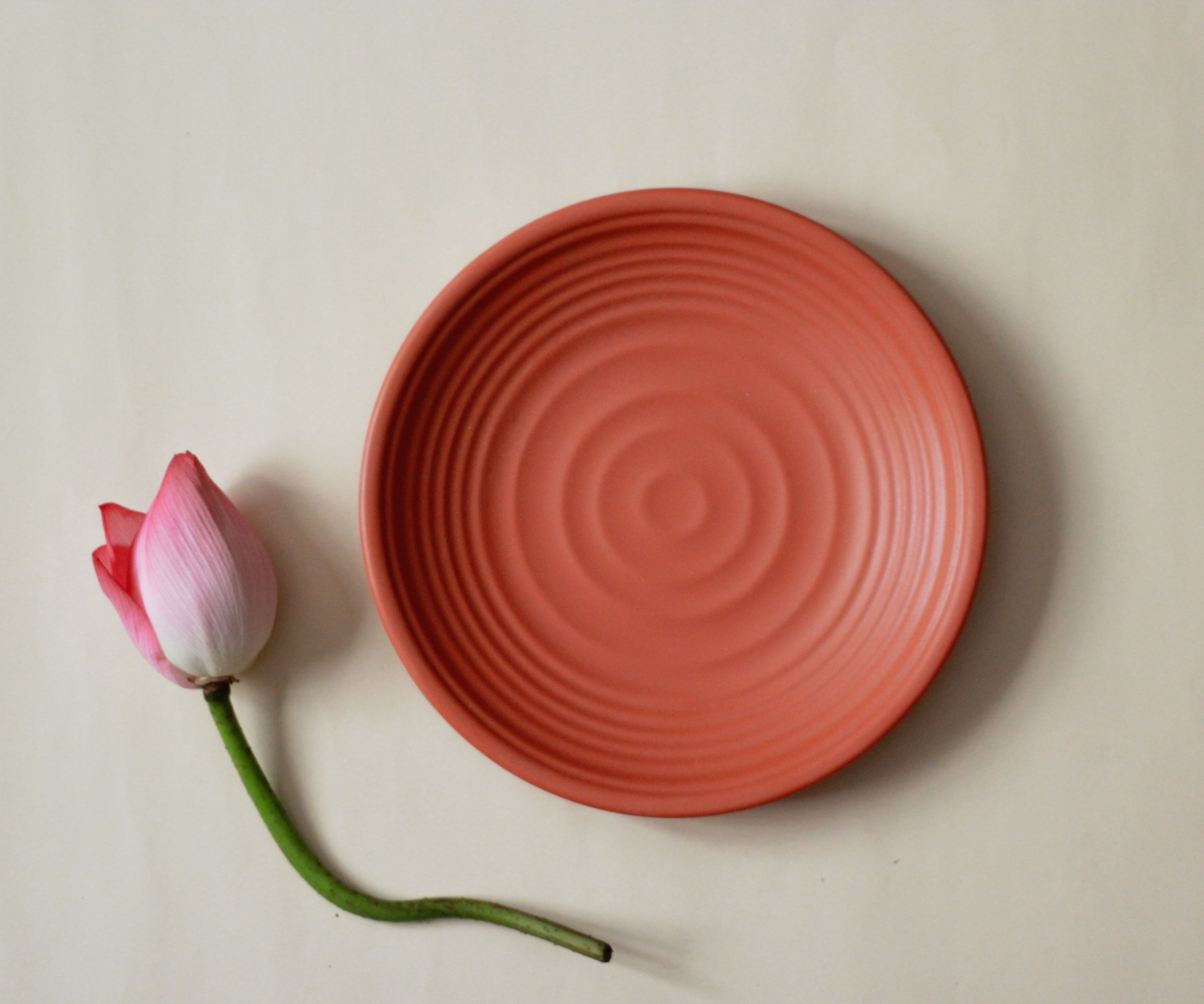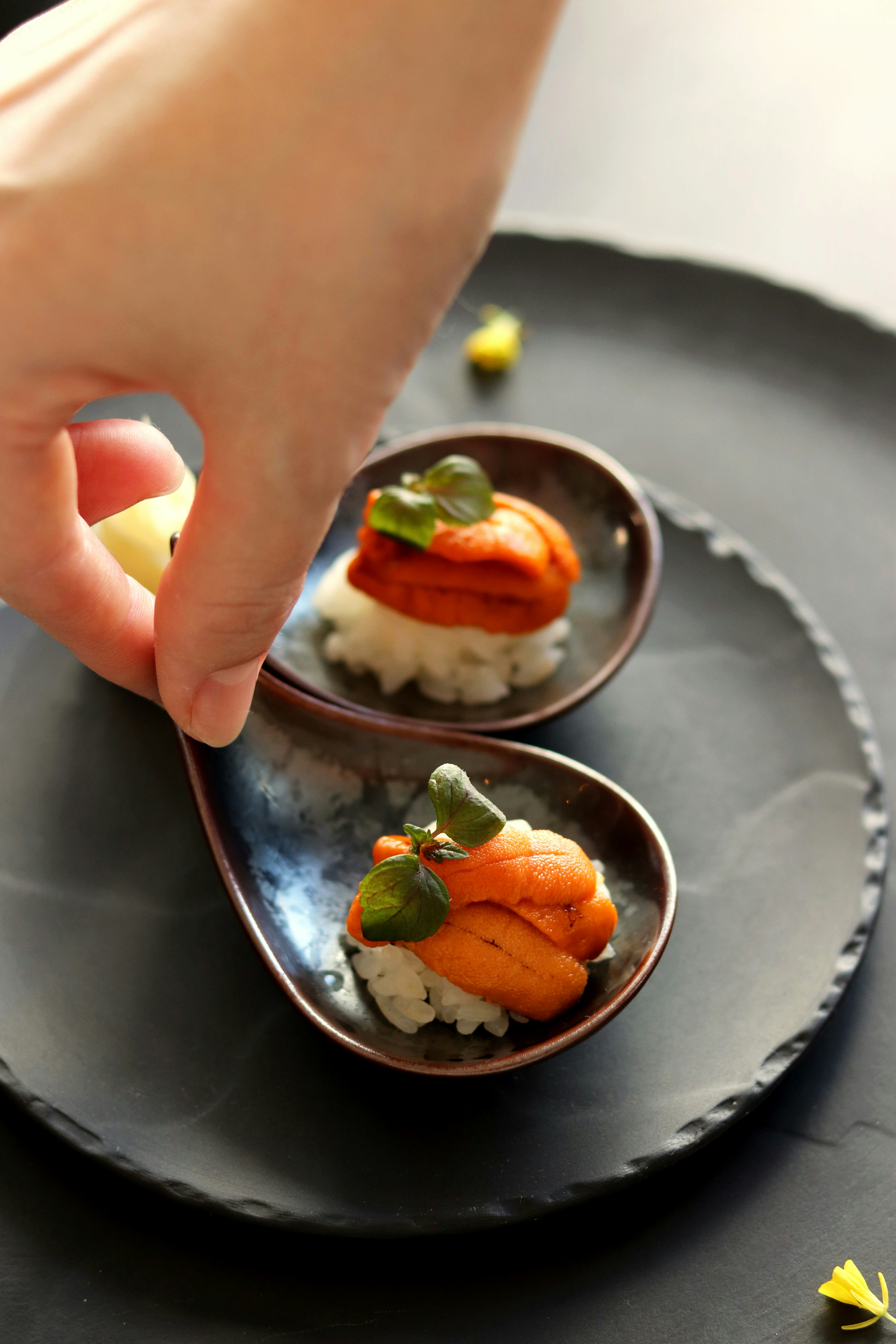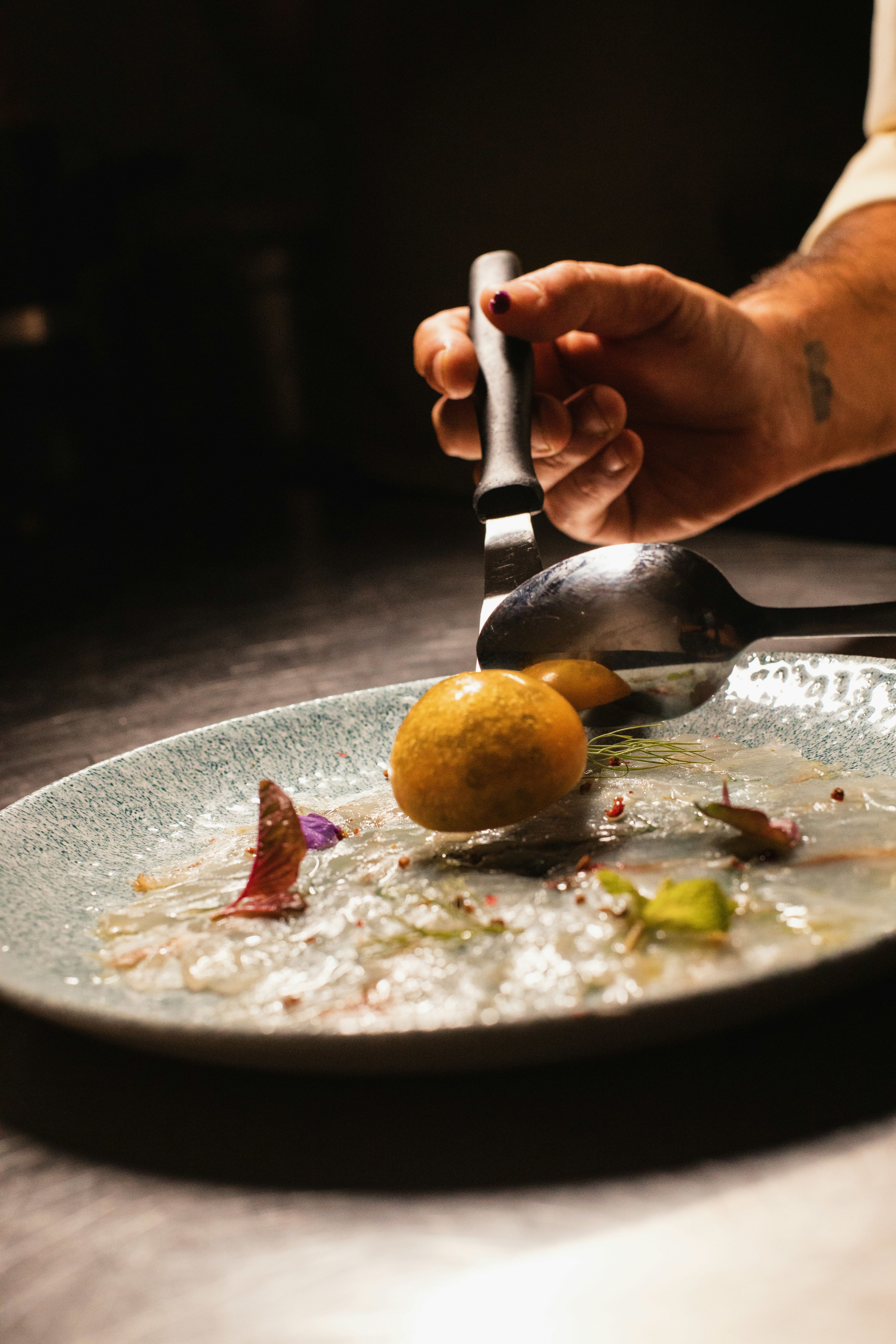The Importance of Plating and Food Presentation: Turning a Meal Into an Art

We eat with our eyes first.
Before the first bite reaches your mouth, you’ve already started forming an opinion of a dish. Is it colourful? Balanced? Clean? Artistic? That’s the power of food presentation. It turns a regular meal into an unforgettable experience. In the culinary world, plating is just as important as taste and mastering this skill is essential for any aspiring chef.
For students pursuing the Diploma in Culinary Arts at Reliance College, learning the art of plating isn’t just about making food look good. It’s about developing a signature style, understanding how to communicate through food and creating emotional connections with diners.
Why Plating Matters in Today’s Culinary World
In a world where people snap photos of their meals before eating them, presentation has become more important than ever. Great food plating:
- Enhances the perceived taste and quality
- Evokes curiosity and excitement
- Communicates the chef’s creativity and identity
- Attracts attention on social media (hello, Instagram!)
- Creates a memorable experience that diners will talk about and share
Whether it’s fine dining, casual cafés or food trucks, plating can set your food apart from the competition.
The Elements of Food Presentation
Plating isn’t random. It’s a combination of technique, balance and creativity. At Reliance College, students will learn how to combine these elements effectively:
1. Balance of Colour and Texture
Using vibrant vegetables, sauces, herbs and garnishes brings life to the plate. Crunchy, creamy, soft and crispy elements should complement each other visually and texturally.
2. Symmetry and Asymmetry
Chefs are taught to think like designers. Asymmetrical plating adds drama and focus, while symmetrical layouts offer harmony and order.
3. Negative Space
White space (or plate space) is powerful. It allows the food to “breathe” and makes the focal point stand out. Less is often more.
4. Height and Structure
Stacking or layering elements creates depth and dimension. It also guides the eye across the plate, creating visual interest.
5. Garnishing with Purpose
Garnishes must be edible and intentional. They should elevate the flavor and reinforce the theme of the dish—not just decorate.
From Kitchen to Canvas: Culinary Arts as Visual Art
Food presentation is now considered a legitimate art form. Chefs like Grant Achatz (Alinea, USA) and Gaggan Anand (Bangkok) are known for using modern techniques to craft dishes that look like abstract paintings, sculptures or even interactive installations.
In fact, in many Michelin-starred kitchens, dishes are designed on paper like a work of art before they are ever cooked. This is what students at Reliance College learn to appreciate: food as a medium of artistic expression.
How Reliance College Trains Students in Plating Excellence
The Diploma in Culinary Arts at Reliance College Malaysia goes beyond basic cooking. It gives students hands-on training in the art of plating and food styling, preparing them for modern industry demands.
Here’s how the programme brings plating to life:
▸ Practical Workshops with Real-Time Feedback
Students spend hours in a fully equipped training kitchen, designing and refining their own plating styles under the guidance of experienced chefs.
▸ Contemporary Cuisine Modules
The course includes training in international and fusion plating trends, giving students a global perspective on visual presentation.
▸ Photography & Visual Presentation
Since social media is a key part of the food world, students also learn how to plate for the camera—an essential skill for modern culinary entrepreneurs and influencers.
▸ Competitions and Showcases
Students are encouraged to enter plating competitions and culinary showcases, where they build confidence and push creative boundaries.
Plating as a Career Skill
Plating is not just for show. It can lead to specialised career opportunities, including:
- Food stylists for magazines, TV and advertising
- Visual content creators for restaurants and social media
- Chefs at fine-dining restaurants that prioritise visual presentation
- Caterers who design themed or personalised plates
- Culinary instructors and demonstrators
In an increasingly image-driven world, mastering food presentation is an investment in career growth.
Taste is vital, but presentation completes the experience. It turns ingredients into stories, meals into memories and chefs into artists. With the right training, plating becomes more than a skill. It becomes a personal signature.
At Reliance College, culinary students are not just taught how to cook. They’re taught how to communicate through food. Through its Diploma in Culinary Arts, the college prepares students to plate with purpose, passion and creativity.
Because in today’s culinary world, it’s not just what you cook. It’s how you serve it.
References
Reliance College. Diploma in Culinary Arts Course Overview. https://www.reliance.edu.my/courses/diploma-in-culinary-arts/
Michelin Guide. “The Art of Plating.” https://guide.michelin.com
The Art of Plating. “Modern Food Presentation Techniques.” https://www.theartofplating.com
BAC Education. Industry-Relevant Skills. https://www.bac.edu.my/bac/industry-relevant-curriculum/
Fine Dining Lovers. “Food Styling Tips from Top Chefs.” https://www.finedininglovers.com



